Supported Coins
Accept Ripple Payments - XRP Payment Gateway
XAIGATE is best cryptocurrency payment gateway is a service that allows businesses to accept Ripple(XRP) payments from customers. It acts as an intermediary between the buyer and seller, handling the processing and settlement of cryptocurrency payments. Try #1 Ripple(XRP) Payment Gateway Now!
- Only 0.2% Transaction Fee
- No Monthly Cost
- Security & Global reach
- 9.866+ Supported Coins
- No hidden fees
Why accept Ripple
What is Ripple payment?
Payments facilitated by RippleNet: This is a network that uses the XRP cryptocurrency to enable faster and cheaper cross-border payments between financial institutions. It acts as a mediator between different currencies and payment systems, allowing for smooth and efficient transfers.
Payments made using the XRP cryptocurrency: Similar to Bitcoin or Ethereum, individuals can send and receive XRP directly, bypassing traditional financial institutions.
- RippleNet payments:
- Purpose: To facilitate faster and cheaper cross-border payments between banks and other financial institutions.
- Mechanism:
- Financial institutions use XRP as a bridge currency to convert between different fiat currencies.
- Transactions are settled in real-time, typically within seconds.
- Fees are significantly lower than traditional methods like SWIFT.
- Benefits:
- Faster settlement times
- Lower transaction fees
- Increased transparency
- Wider global reach
- Improved liquidity
- Limitations:
- Primarily used by financial institutions, not individuals.
- Requires integration with RippleNet by both sending and receiving institutions.
- XRP price volatility can affect transaction costs.
2. XRP payments:
- Purpose: To send and receive money directly between individuals, without intermediaries.
- Mechanism:
- Users send and receive XRP through cryptocurrency wallets.
- Transactions are settled on the XRP Ledger, a decentralized blockchain network.
- Transactions are typically fast and inexpensive.
- Benefits:
- Fast and efficient transfers
- Low transaction fees
- Global reach
- Decentralized and censorship-resistant
- Limitations:
- Not as widely accepted as payment method compared to fiat currencies.
- Requires users to have cryptocurrency wallets and understand how to use them.
- XRP price volatility can affect transaction value.
Choosing between RippleNet and XRP payments depends on your specific needs and preferences:
- For cross-border payments between financial institutions, RippleNet offers a robust and efficient solution.
- For individual payments, using XRP directly can be faster and cheaper than traditional methods.
It’s important to research both options and understand the associated risks and benefits before making a decision.
Ripple payment methods
How Does Ripple Payment Work
Cryptocurrency Payment Gateway for E-Commerce is a service that allows businesses to accept Ripple payments from customers. It acts as an intermediary between the buyer and seller, handling the processing and settlement of cryptocurrency payments.
Step 1: Register Account
Create a XAIGATE account to process cryptocurrency transactions quickly and easily. You can sign up and start processing transactions without adding KYC or bank account information.
Step 2: Setup with APIs or Plugin
Set up your XAIGATE account by adding some necessary details, such as your business information and payment preferences. Explore the XAIGATE API to learn how to accept Ripple payments on your website.
Step 3: Accepting Ripple payments
Congratulations! You can now let your customers pay in cryptocurrency. Explore the many benefits of accepting crypto payments with XAIGATE
About Ripple Payment
Why Businesses Accept Ripple Payments
1. Faster and cheaper cross-border transactions: Unlike traditional methods like SWIFT, which can take days and incur high fees, RippleNet facilitates real-time settlements within seconds at significantly lower costs. This translates to faster access to funds and improved cash flow for businesses.
2. Increased global reach: RippleNet connects financial institutions worldwide, allowing businesses to expand their reach and access new markets without geographical limitations. This opens opportunities for international trade and collaboration.
3. Improved liquidity: By leveraging XRP as a bridge currency, RippleNet eliminates the need for pre-funding accounts in different countries, improving liquidity and reducing transaction costs.
4. Enhanced transparency and security: Transactions on the XRP Ledger are transparent and immutable, providing greater accountability and reducing the risk of fraud.
5. Operational efficiency: RippleNet automates many manual processes involved in traditional cross-border payments, streamlining operations and saving businesses time and resources.
6. Scalability: The XRP Ledger is designed to handle high transaction volumes without compromising speed or performance, making it ideal for businesses with large payment volumes.
7. Reduced chargebacks: Compared to traditional credit card payments, Ripple payments have a lower risk of chargebacks, which can save businesses significant costs.
8. Increased customer satisfaction: Offering Ripple as a payment option caters to tech-savvy customers and demonstrates a commitment to innovation and efficiency, potentially enhancing brand image and customer satisfaction.
9. Regulatory compliance: XRP is considered a utility token by regulators, making it compliant with existing regulations and reducing legal risks for businesses.
10. Diversification of payment options: Accepting Ripple provides customers with more flexibility and choice, potentially attracting new customers and increasing sales.
What is Ripple payment?
1. Payments facilitated by RippleNet:
This is a network that uses the XRP cryptocurrency to enable faster and cheaper cross-border payments between financial institutions. It acts as a mediator between different currencies and payment systems, allowing for smooth and efficient transfers.
Here’s how it works:
- Financial institutions use XRP as a bridge currency to convert between different fiat currencies.
- Transactions are settled in real-time, typically within seconds.
- Fees are significantly lower than traditional methods like SWIFT.
Benefits of using RippleNet for payments:
- Faster settlement times: Transactions are settled within seconds, compared to days for traditional methods.
- Lower transaction fees: Fees are significantly lower than traditional methods.
- Increased transparency: Transactions are recorded on the XRP Ledger, providing transparency and immutability.
- Wider global reach: RippleNet connects financial institutions worldwide, facilitating cross-border payments.
- Improved liquidity: XRP acts as a bridge currency, eliminating the need for pre-funding accounts in different countries.
Limitations of using RippleNet:
- Primarily used by financial institutions, not individuals.
- Requires integration with RippleNet by both sending and receiving institutions.
- XRP price volatility can affect transaction costs.
2. Payments made using the XRP cryptocurrency:
Similar to Bitcoin or Ethereum, individuals can send and receive XRP directly, bypassing traditional financial institutions.
Here’s how it works:
- Users send and receive XRP through cryptocurrency wallets.
- Transactions are settled on the XRP Ledger, a decentralized blockchain network.
- Transactions are typically fast and inexpensive.
Benefits of using XRP for payments:
- Fast and efficient transfers: Transactions are typically settled within seconds.
- Low transaction fees: Fees are significantly lower than traditional methods.
- Global reach: XRP can be sent and received anywhere in the world.
- Decentralized and censorship-resistant: Transactions are not controlled by any central authority.
Limitations of using XRP for payments:
- Not as widely accepted as payment method compared to fiat currencies.
- Requires users to have cryptocurrency wallets and understand how to use them.
- XRP price volatility can affect transaction value.
Choosing between RippleNet and XRP payments depends on your specific needs and preferences:
- For cross-border payments between financial institutions, RippleNet offers a robust and efficient solution.
- For individual payments, using XRP directly can be faster and cheaper than traditional methods.
Why Choose Ripple?
There are several compelling reasons to choose Ripple over other blockchain platforms for specific use cases, particularly when it comes to cross-border payments:
1. Faster and Cheaper Payments: RippleNet enables real-time settlements within seconds, significantly faster than traditional methods like SWIFT, which can take days. Additionally, transaction fees are significantly lower compared to traditional methods, making Ripple a more cost-effective solution for large-volume transactions.
2. Scalability: The XRP Ledger is designed to handle high transaction volumes without compromising speed or performance. This makes it ideal for businesses and financial institutions that process large numbers of payments daily.
3. Liquidity: RippleNet utilizes XRP as a bridge currency, eliminating the need for pre-funding accounts in different currencies. This improves liquidity and reduces transaction costs for financial institutions.
4. Security: The XRP Ledger is a highly secure blockchain network that utilizes advanced cryptography to protect user information and secure transactions.
5. Transparency: All transactions on the XRP Ledger are recorded and publicly accessible, providing a high level of transparency and accountability.
6. Regulatory Compliance: XRP is considered a utility token by several regulators, making it compliant with existing regulations and reducing legal risks for businesses.
7. Global Reach: RippleNet connects financial institutions worldwide, enabling cross-border payments without geographical limitations. This opens up new opportunities for businesses to operate globally and expand their customer base.
8. Interoperability: RippleNet can integrate with existing payment systems and financial infrastructure, reducing the need for costly and time-consuming infrastructure changes.
9. Environmental Sustainability: Compared to other blockchain networks, the XRP Ledger utilizes a more energy-efficient consensus mechanism, making it a more environmentally friendly option.
10. Open-Source Technology: The XRP Ledger is an open-source platform, allowing for community participation and collaboration in its development and improvement.
What is the Ripple payment gateway?
A Ripple payment gateway is a platform that allows businesses to accept XRP payments. It acts as a bridge between traditional payment systems and the XRP Ledger, facilitating the seamless exchange of fiat currencies into XRP and vice versa.
How do I accept a Ripple payment?
Accepting Ripple payments can be a simple and efficient way to expand your customer base and benefit from the advantages of cryptocurrency transactions. These platforms offer user-friendly interfaces, robust security features, and API integrations for seamless and secure transactions.
How do I make a Ripple payment?
To send Ripple payments, you’ll need a Ripple wallet. Simply copy the recipient’s wallet address or scan their QR code and enter the desired amount to send. It’s as easy as that!
Can I accept Ripple at my business?
Yes, you can accept Ripple at your business! In fact, doing so can offer several advantages for your business.

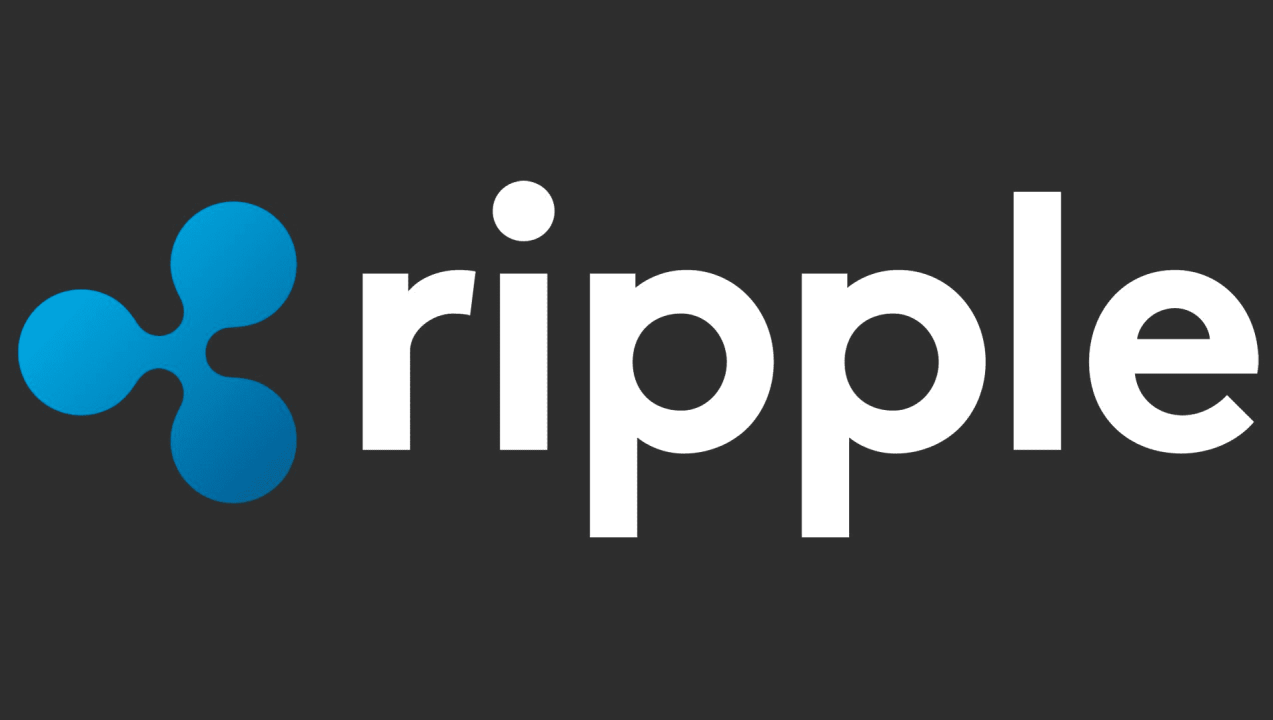
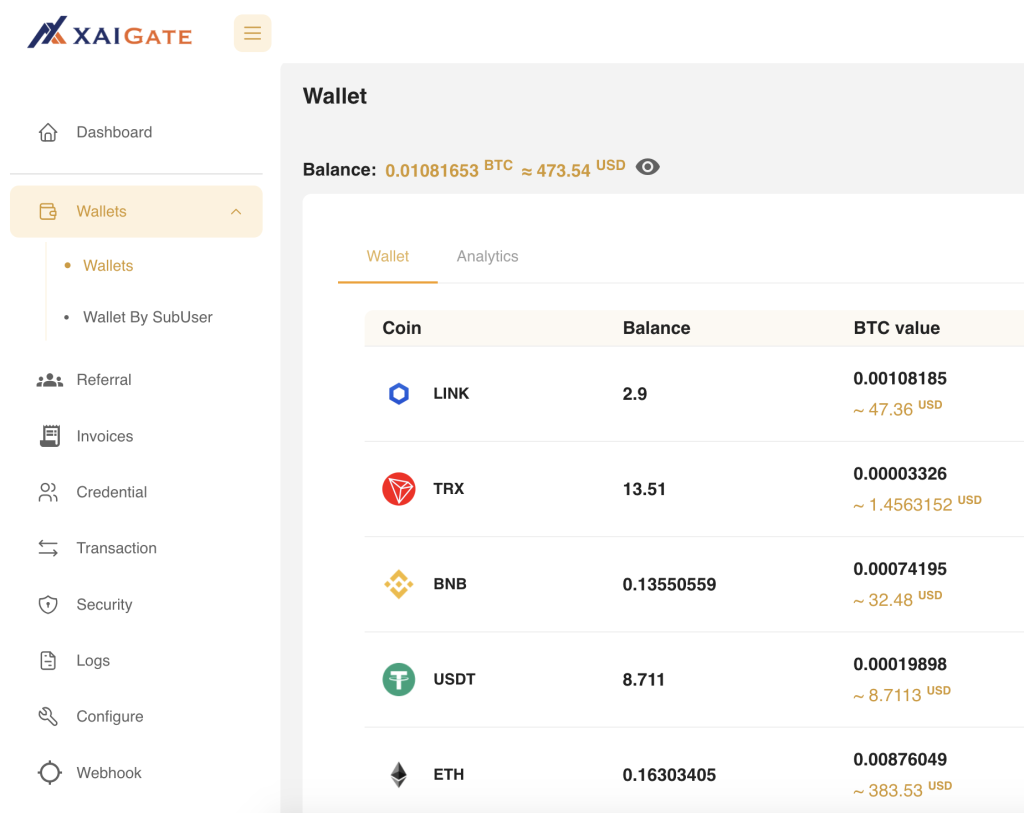
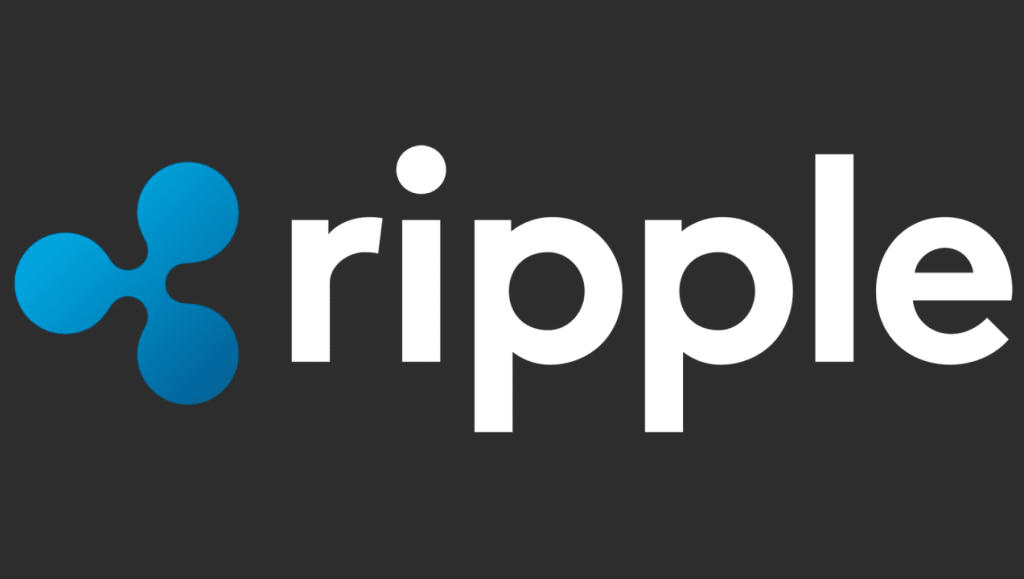
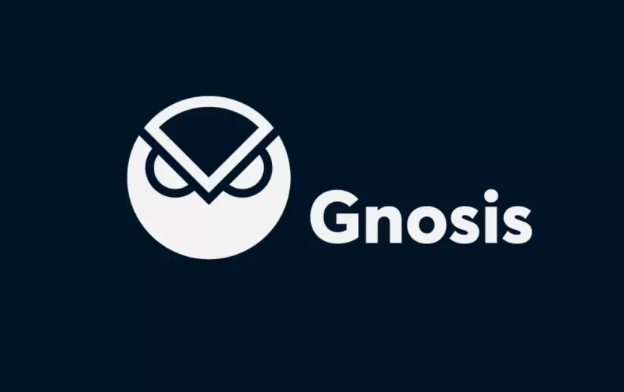

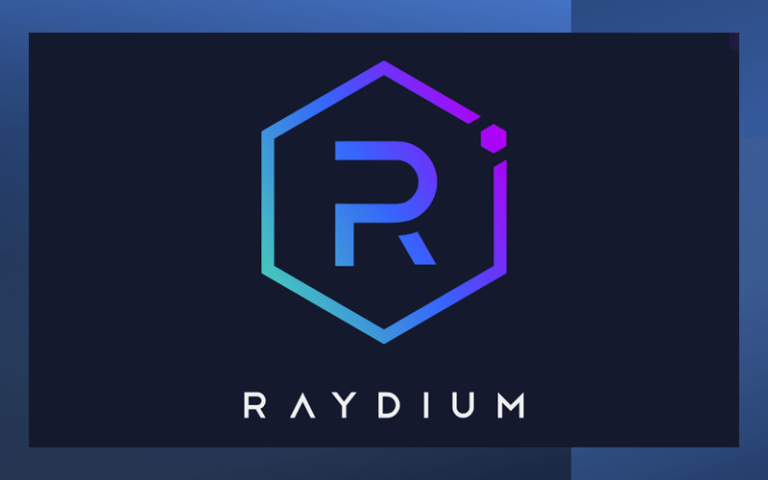



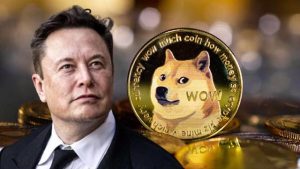

what are the tax implications of accepting ripple payments for businesses?
using xaigate as a crypto payment gateway helps businesses seamlessly accept ripple (xrp) and other cryptocurrency payments, ensuring secure, efficient, and automated transactions. xaigate’s advanced technology also supports the conversion of crypto payments into fiat currencies and integrates with existing ecommerce platforms, offering an easy-to-use solution for businesses expanding into the crypto space.
to explore how xaigate can enhance your business’s payment processing, start using xaigate as your crypto payment gateway today!